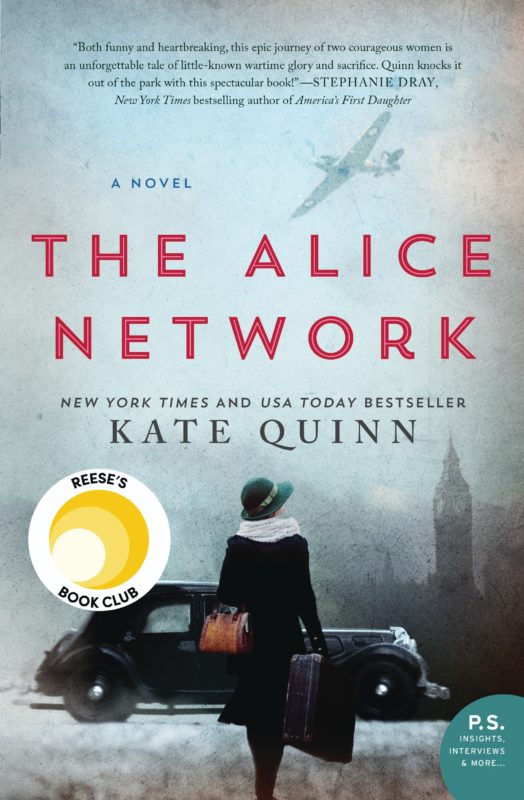I happen to be getting married in two weeks, and as my thoughts lightly turn not to romance but to the necessity of dealing with things like photographers and centerpieces, I can’t help but think of famous historical weddings. How did brides of the past do it?
Perhaps the most opulent wedding in history occurred in 1368, when Prince Lionel of England wed the Italian merchant heiress Violante Visconti. Daddy Visconti, who might in the movie be played by James Gandolfini with all the resultant menace, was triumphant at having bought a genuine prince for his little girl, and pulled out all the stops. The thirteen-year-old bride wore red velvet, she had not eight or eighteen but eighty bridesmaids, the groom’s party included 1,500 knights, thirty double courses of fish and gilded meat were served at the outdoor wedding banquet, and the favors to the guests included jewels, armor, and war-horses. There’s no doubt this wedding would have landed on the cover of Brides, though the aftermath might have landed on the cover of all the tabloids: Prince Lionel died less than four months after the wedding day, and little Violante went on to be widowed twice more in fairly gruesome fashion. Maybe the thrill of her Big Day just never carried over to the resultant marriages, and she poisoned the grooms to become a Bride all over again–you never know with a girl called Violante.
Child brides, of course, are no rarity in historical weddings. Queen Margaret of Scotland was only three years old when her betrothal to Edward II of England was being planned. What was also quite common was weddings without grooms–which we have just about achieved in modern-day life as well, come to think of it.
When Princess Mary Tudor of England married King Louis XII of France, the King rather understandably did not drop everything in France to attend a wedding, even if it was his own. But the bride’s brother Henry VIII wanted to see off his baby sister, so the marriage was held in England with all pomp and circumstance, and a handy French nobleman stood in as proxy for King Louis during the ceremony. Mary was then shipped off to France, the marriage more or less complete until her actual husband could consummate it. I feel this could start a trend in today’s marriages: the bride gets her Special Day, and some self-sacrificing friend of the groom stands in for all the photos and family congratulations while the groom has a drink at the local bar.
Commoner marriage customs had their own spin in older times. Affluent brides of the middle ages wore red and green rather than white, because red and green were the most expensive colors of cloth to be had. Mary Queen of Scots was the first bride to wear white in her opulent marriage to Francis II of France, but it did not bring her good luck as she lost her husband shortly afterward and then launched on a career of ill-advised marriages and liaisons; it wasn’t until Queen Victoria that the white wedding gown became popular world-wide. Roman brides wore a flame-red veil, and began the custom of wearing a ring on the fourth finger of the left hand–a vein was said to run from that finger to the heart. Roman brides also made sure to part their hair on the wedding morning with a dead gladiator’s spear; a custom that supposedly brought luck on the marriage. It might be worth mentioning that the Romans also invented no-fault divorce.
The boys and girls of Sparta were married by being carted up sans clothes to the nearest mountaintop at night, where the girls were given a head start and the boys ran in pursuit. Whoever caught who got married. You can just see the girls developing sprained ankles when the class hunk was in pursuit, but sprinting off with sudden speed when the local bully was gaining.
All in all, historical weddings were colorful and fun, and I got a lot more ideas for my own wedding from history than from Brides magazine. So if you will excuse me, I am off to pick up my red veil and gladiator spear, arrange a shower for my eighty bridesmaids, send the instructions to my proxy groom, and then hit the treadmill so I’m ready for that nighttime mountaintop sprint.







